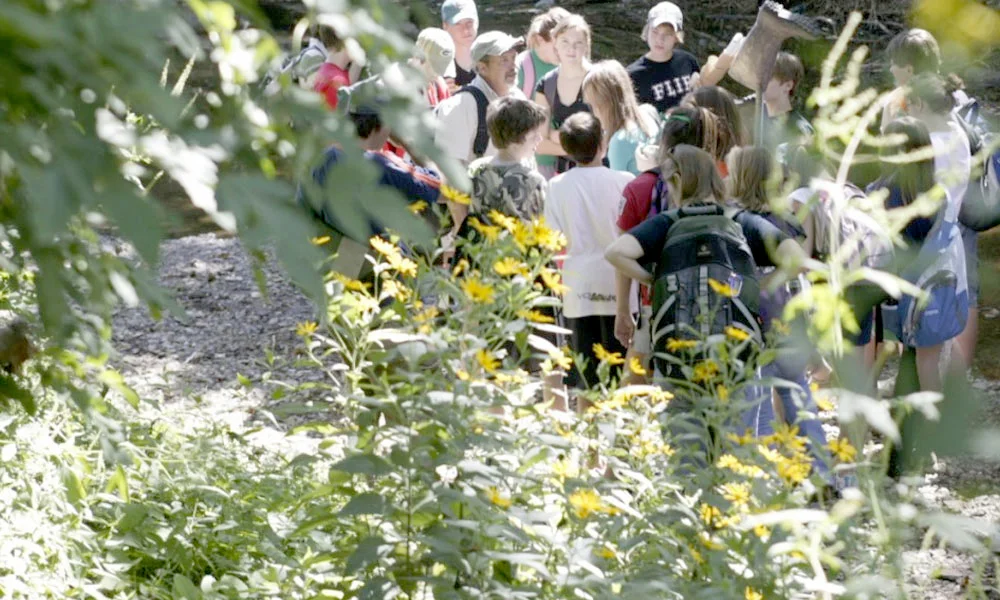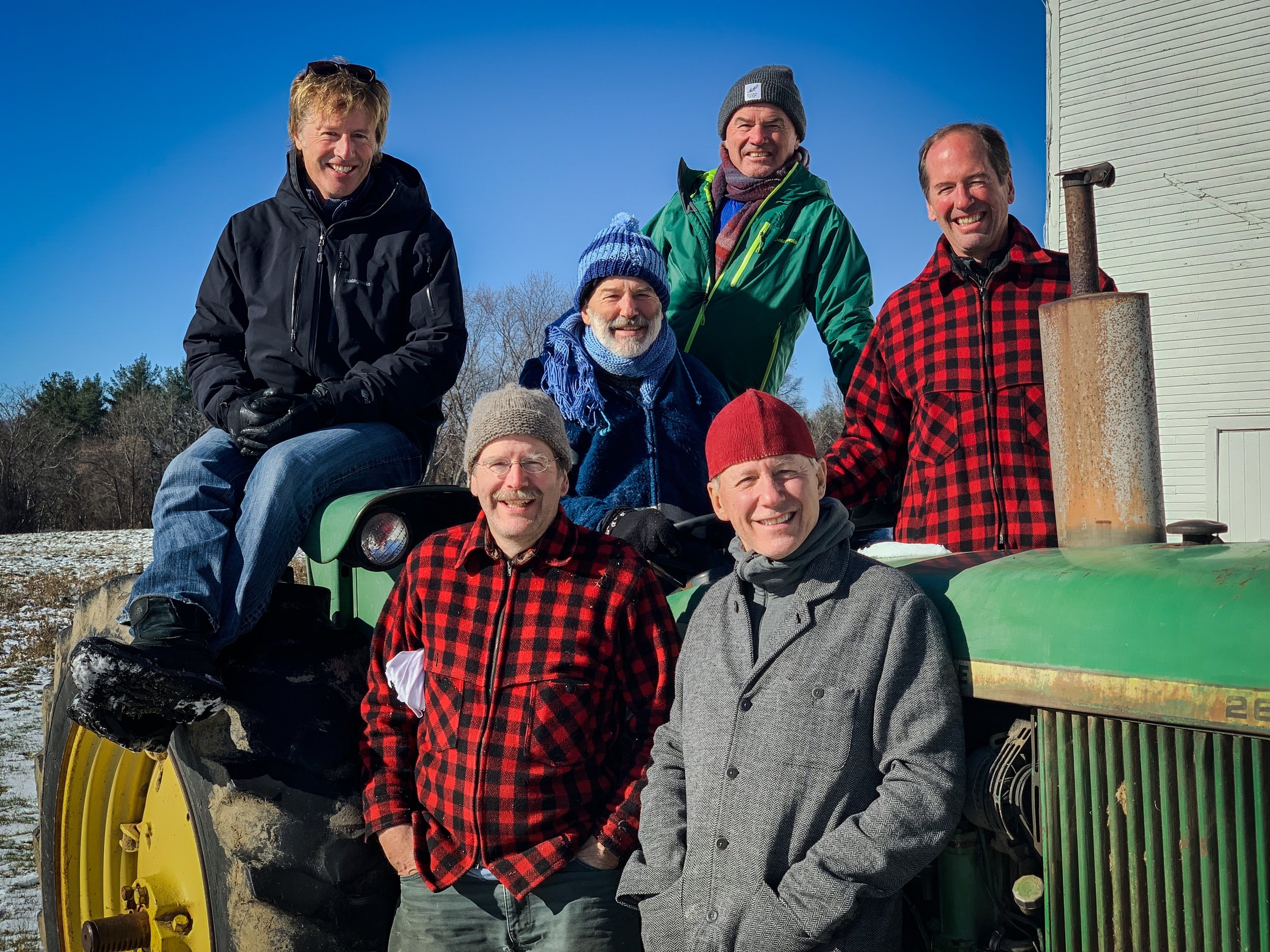We have a tradition around the winter holidays to take our grandchildren to a performance of the Christmas Revels. For those of you who are not familiar with the Revels, it is a lively, colorful performance of song, dance and theater featuring local singers, actors of all ages wherever the Revels is playing, now in nine cities across the United States. This year, we attended the original Revels, founded in 1971 in Cambridge, Massachusetts at Harvard’s Sanders Theater. This December, they featured the culture of the Nordic countries of Finland, Sweden, Denmark.
Ashley and I took our young sons year after year just before Christmas to the celebration of Revels North in Hanover, New Hampshire. It is such a pleasure to now take Asher, age seven, and Delilah, age four, to hear many of the same songs and poems and to dance to the Lord of the Dance right before intermission.
One of our favorite poems of the Revels is Susan Cooper’s The Shortest Day:
So the shortest day came, and the year died,
And everywhere down the centuries of the snow-white world
Came people singing, dancing,
To drive the dark away,
They lighted candles in winter trees;
They hung their homes with evergreen;
They burned beseeching fires all night long
To keep the year alive,
And when the new year’s sunshine blazed awake
They shouted, reveling.
Through all the frosty ages you can hear them
Echoing behind us-listen!
All the long echoes sing the same delight,
This shortest day
As promise wakens in the sleeping land:
They carol, feast, give thanks
And dearly love their friends
And hope for peace.
And so do we,
Here, now, this year and every year.
Welcome Yule!
This time of the shortest day and the darkest month of the year brought us a new grandchild! John Allen Cadwell, “Jack,” was born to our younger son, Chris, and our daughter-in-law, Leila on December 2, 2018. We were fortunate and so happy to spend Jack’s first three days home with him and his parents, helping, cooking, holding him and falling in love with the newest baby in the family. We are full of gratitude for our Christmas with all three grandchildren and our dear sons and their wives.
With all the difficulties and challenges that we face in education and in many aspects of our lives on this beautiful planet, we are grateful for the beauty and quiet of the season and the love that we share. We send you all our warmest greetings as 2018 finishes and as we open a new year, full, once again, of hope and promise and all possibilities.
Louise and Ashley
p.s. We are now off on a January adventure. We will be in touch through Instagram and Facebook and we will be back with new year’s blog posts in early February.























